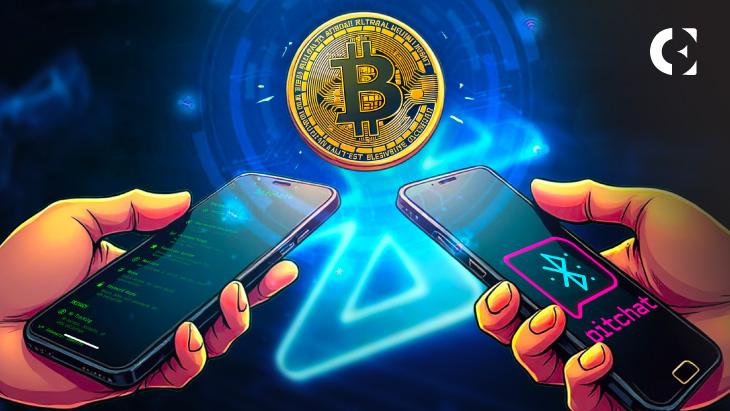Jack Dorsey, CEO of Block and co-founder of Twitter, has confirmed the , a new application that allows users to send encrypted messages and Bitcoin transaction data completely offline using a Bluetooth mesh network.
Jack Dorsey, CEO of Block and co-founder of Twitter, has confirmed the , a new application that allows users to send encrypted messages and Bitcoin transaction data completely offline using a Bluetooth mesh network.
The new tool is designed to enable untraceable digital cash transfers and censorship-resistant communication, and it works on both Android and iPhone devices without requiring internet access, centralized servers, or user accounts.
Bitchat functions by creating a mesh network over Bluetooth Low Energy (BLE), where every phone on the network acts as a node to send and receive data. When a user sends a message, it can “hop” across as many as seven nearby devices to reach its destination. This process allows the network’s range to extend well beyond Bluetooth’s standard 30-meter limit.
A key feature is that the application requires no internet connection, SIM card, or email account for setup. Users are assigned a new, invisible ID each time the app is opened to support private participation.
Beyond chat, Bitchat of pre-signed Bitcoin transactions. It’s important to note that the app does not generate or sign transactions itself. Instead, a user prepares a signed transaction with an external wallet, and Bitchat can then transmit that encrypted data from phone to phone using the same Bluetooth mesh relay system.
This addresses one of Bitcoin’s long-standing dependencies on network access for payments.
According to its technical documents, Bitchat operates without any centralized control and does not use cloud storage. Messages are stored only in the local memory of devices in the relay chain and are erased after being forwarded.
The system uses a “store-and-forward” approach to ensure message delivery even when recipients are offline or out of range. An intermediate device within the mesh can temporarily cache a message and forward it once the recipient is back within range or reconnected to the mesh.
